Archive for December 2016
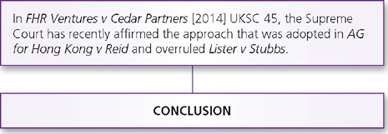
8 Constructive trusts I AIMS AND OBJECTIVES By the end of this chapter you should be able to: ■ understand the shades of meaning of the expression ‘constructive trust’ as used over the centuries ■ distinguish between an institutional and remedial constructive trust ■ understand the rule in Keech v . . . Read more
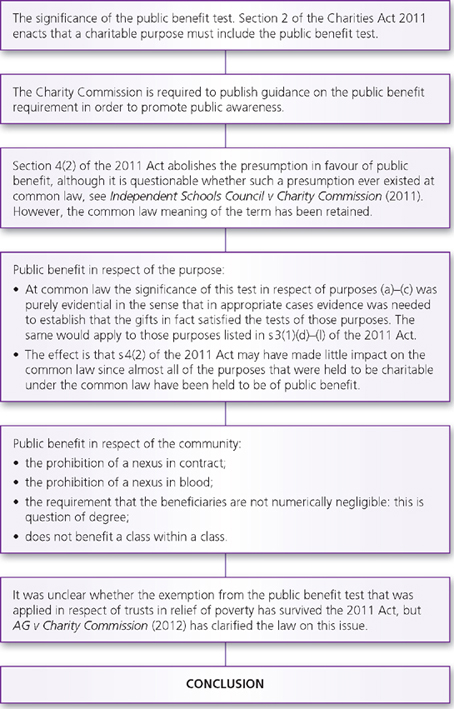
12 Charitable trusts AIMS AND OBJECTIVES By the end of this chapter you should be able to: ■ appreciate the privileges enjoyed by charitable trusts ■ define a charity within the new Charities Act 2011 ■ recognise a charitable purpose within the Charities Act 2011 ■ understand the cy-près doctrine . . . Read more
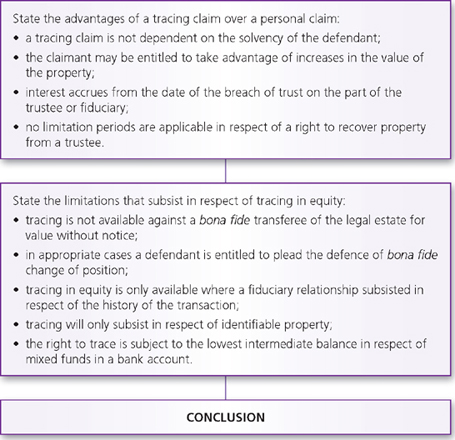
16 Breach of trust AIMS AND OBJECTIVES By the end of this chapter you should be able to: ■ recognise whether a breach of trust has been committed by the trustees ■ apply the principles concerning the measure of the trustee’s liability ■ ascertain whether simple or compound interest is . . . Read more
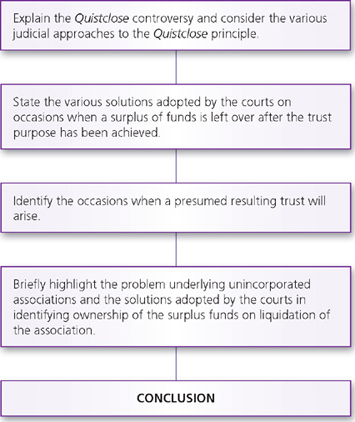
7 Resulting trusts AIMS AND OBJECTIVES By the end of this chapter you should be able to: ■ classify resulting trusts ■ understand the Quistclose controversy ■ recognise an unincorporated association ■ comprehend the basis of distributing funds on the liquidation of unincorporated associations ■ understand the rationale behind presumed . . . Read more
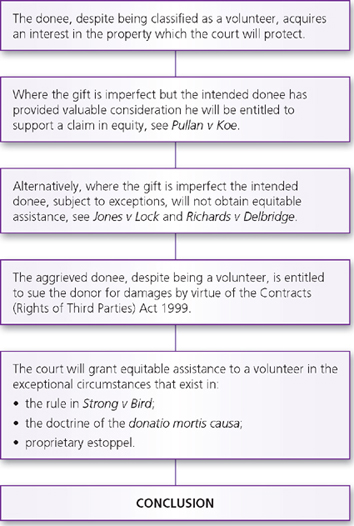
4 Constitution of an express trust AIMS AND OBJECTIVES By the end of this chapter you should be able to: ■ identify the essential tests in Milroy v Lord for the constitution of an express trust ■ appreciate that the law in this chapter involves gifts and the creation of . . . Read more
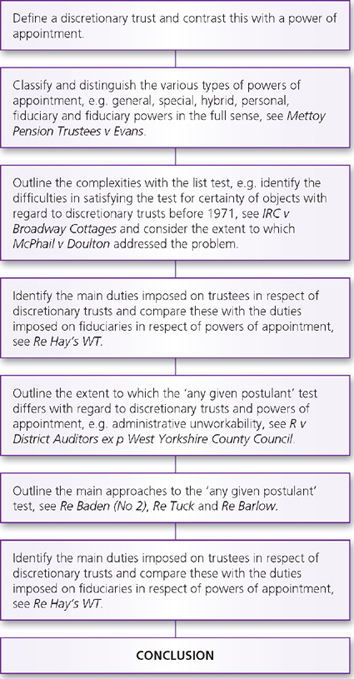
3 The ‘three certainties’ test AIMS AND OBJECTIVES By the end of this chapter you should be able to: ■ appreciate the distinctions between trusts and powers of appointment ■ understand the three certainties test and appreciate its significance in the creation of an express trust ■ comprehend, define and . . . Read more
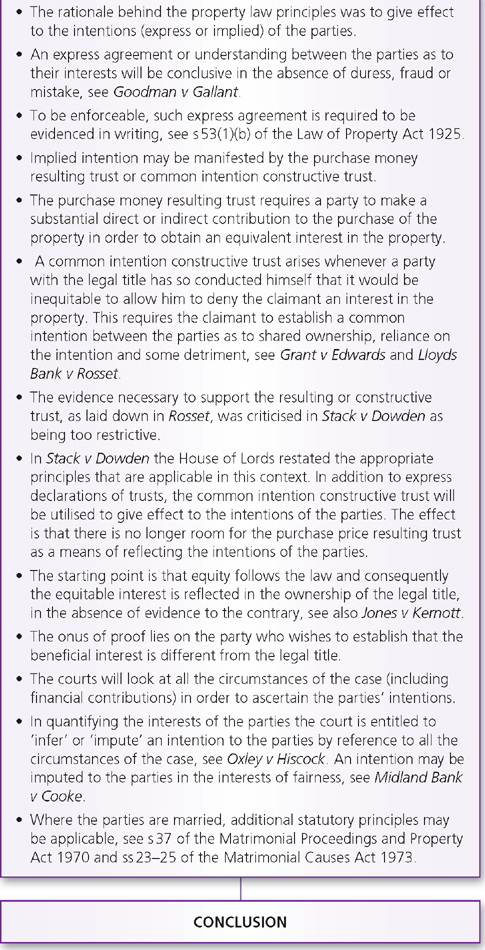
9 Constructive trusts II – the family home AIMS AND OBJECTIVES By the end of this chapter you should be able to: ■ appreciate the inadequacy of the presumptions of resulting trusts and advancements in order to ascertain the interests of parties in the family home ■ understand the relevant . . . Read more
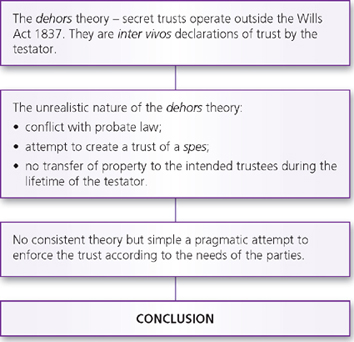
10 Secret trusts and mutual wills AIMS AND OBJECTIVES By the end of this chapter you should be able to: ■ identify and distinguish between the two types of secret trust ■ understand the theoretical justification for enforcing secret trusts ■ comprehend the requirements for the creation of fully and . . . Read more
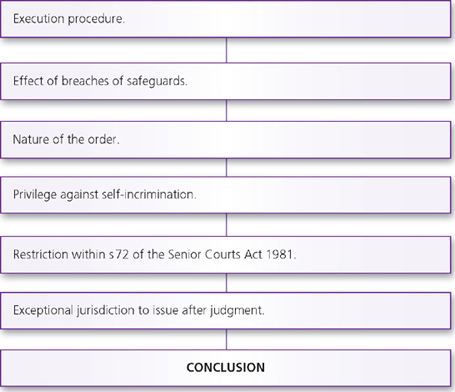
17 Equitable remedies of injunctions and specific performance AIMS AND OBJECTIVES By the end of this chapter you should be able to: ■ understand the original policy that led to the introduction of the various equitable remedies ■ appreciate a number features which underlie the granting of equitable remedies ■ . . . Read more
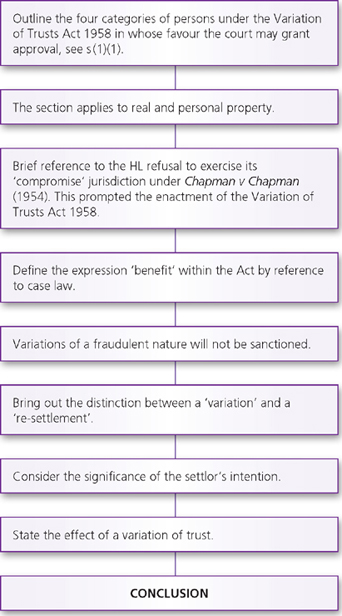
15 Variation of trusts AIMS AND OBJECTIVES By the end of this chapter you should be able to: ■ appreciate the rule in Saunders v Vautier ■ understand the various methods of varying the management powers of trustees ■ list the various methods of varying beneficial interests prior to the . . . Read more









